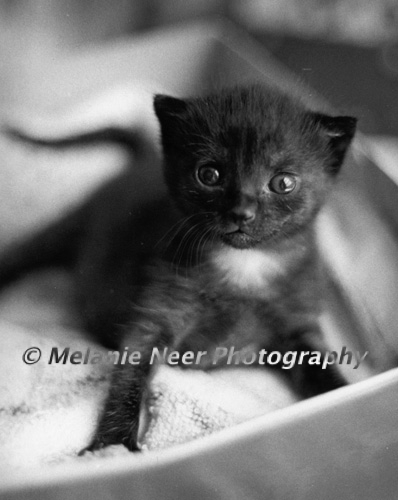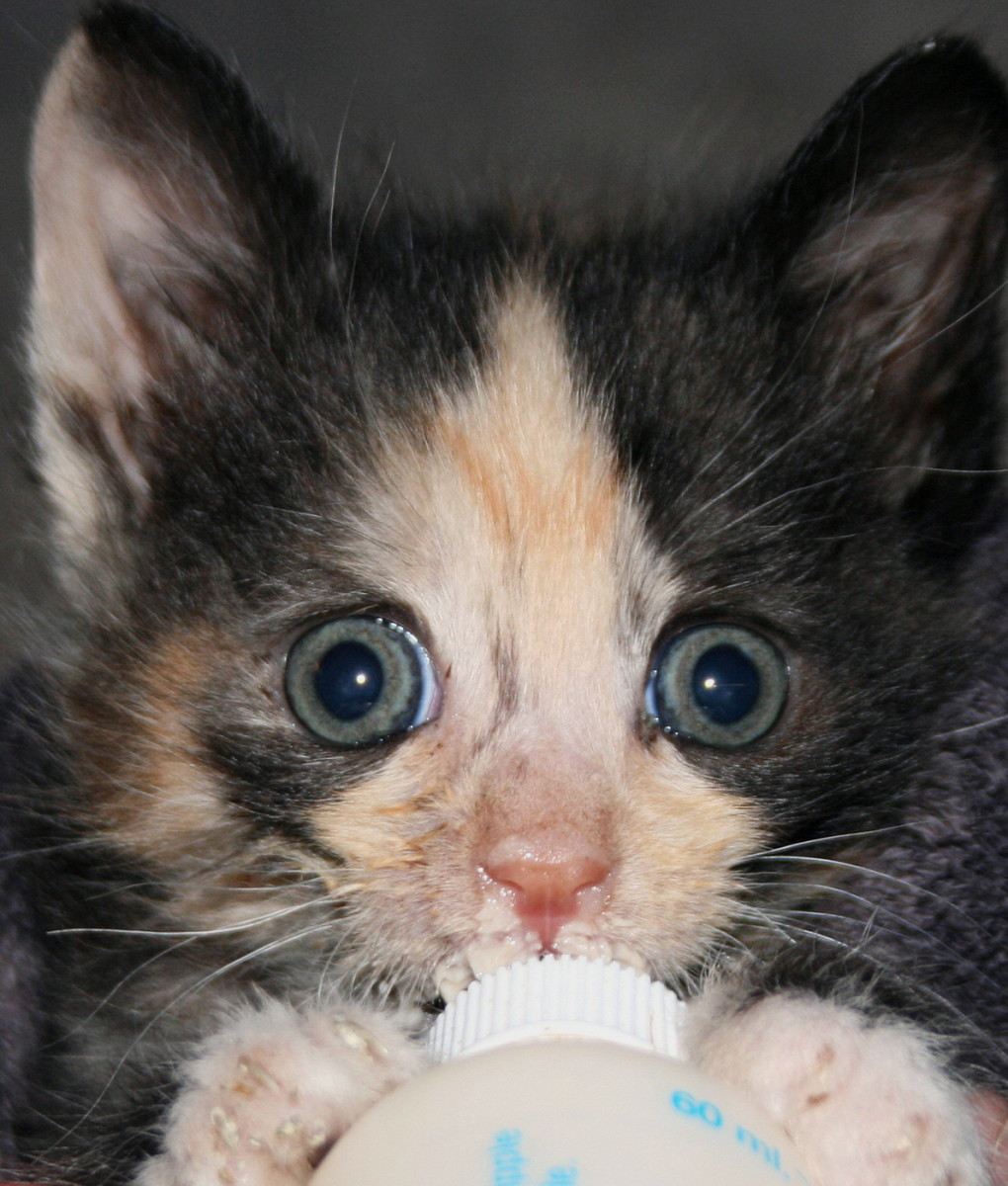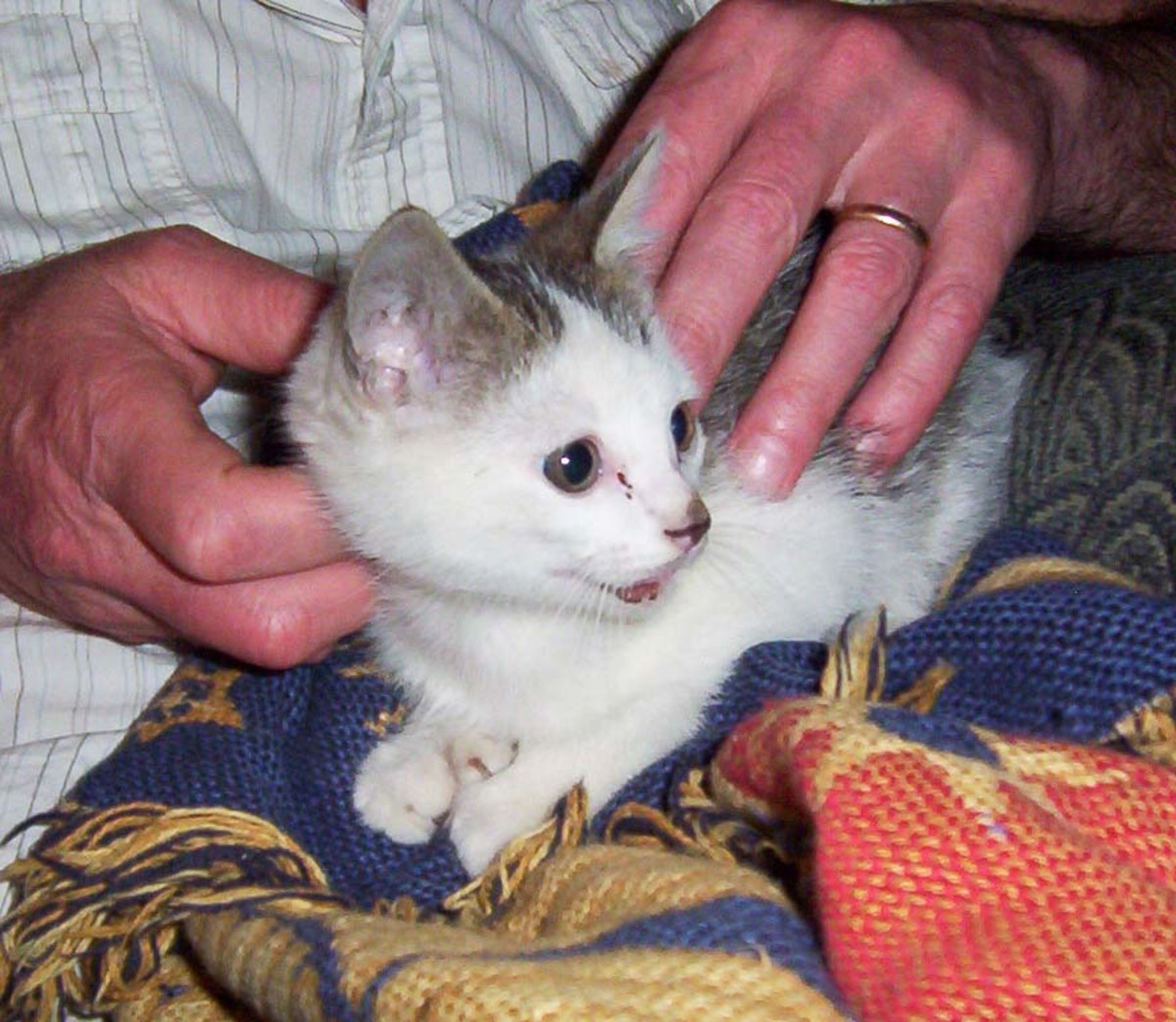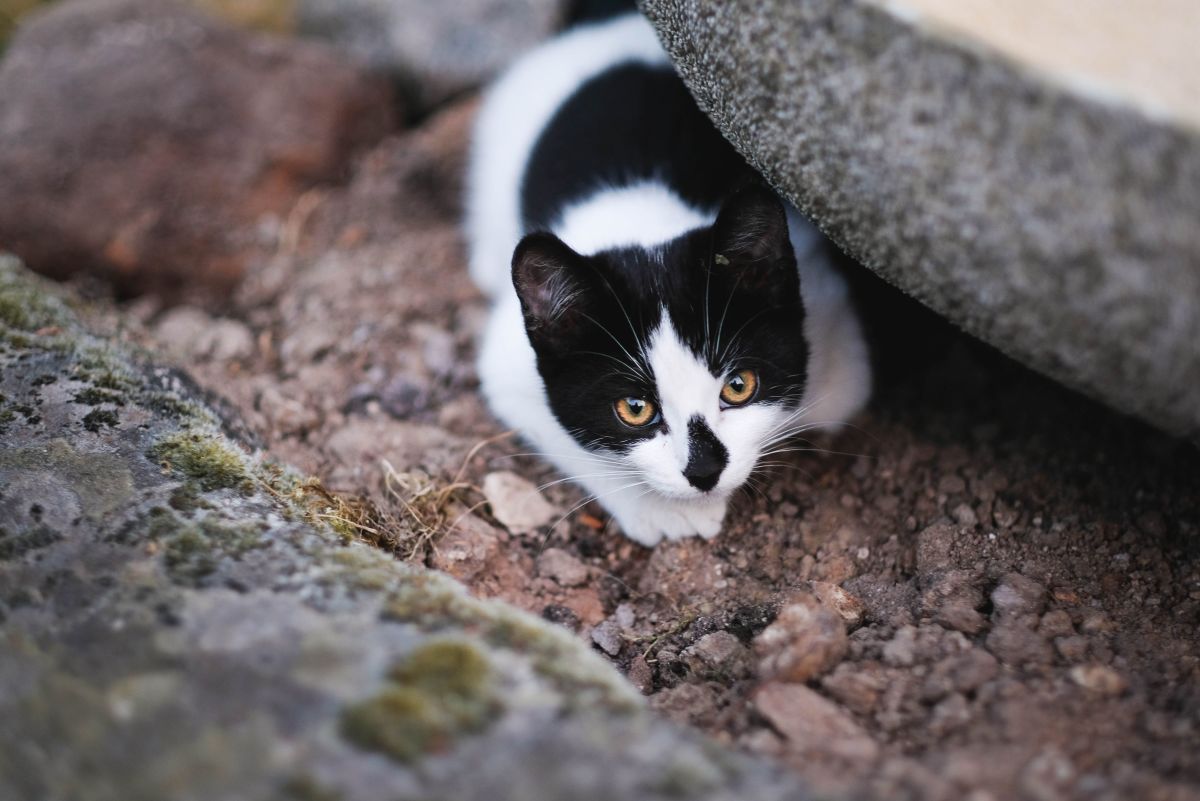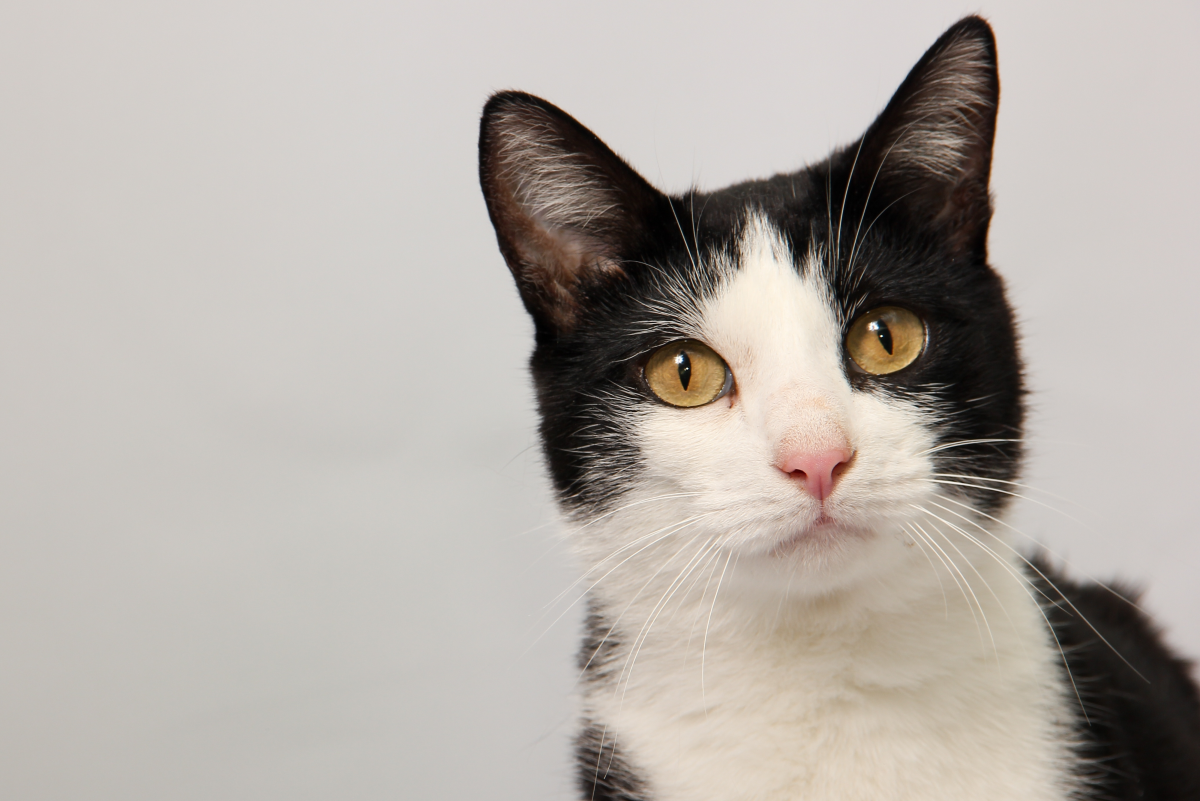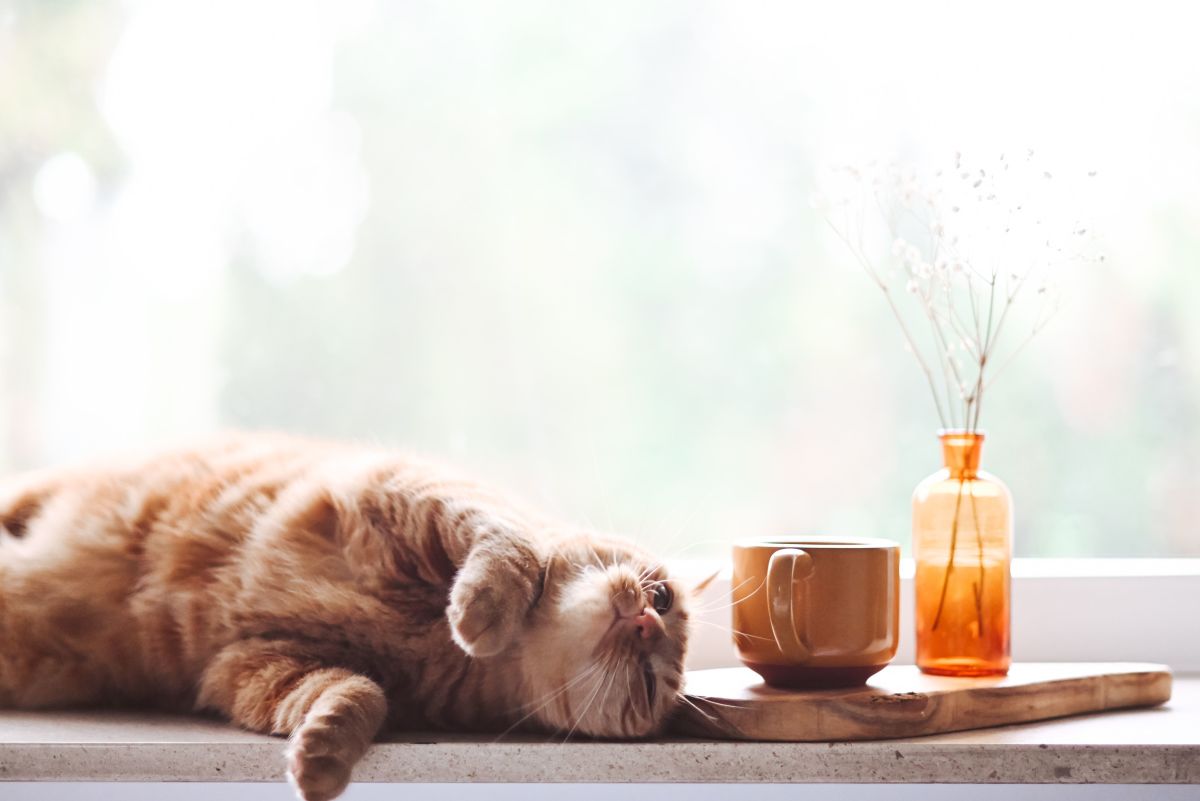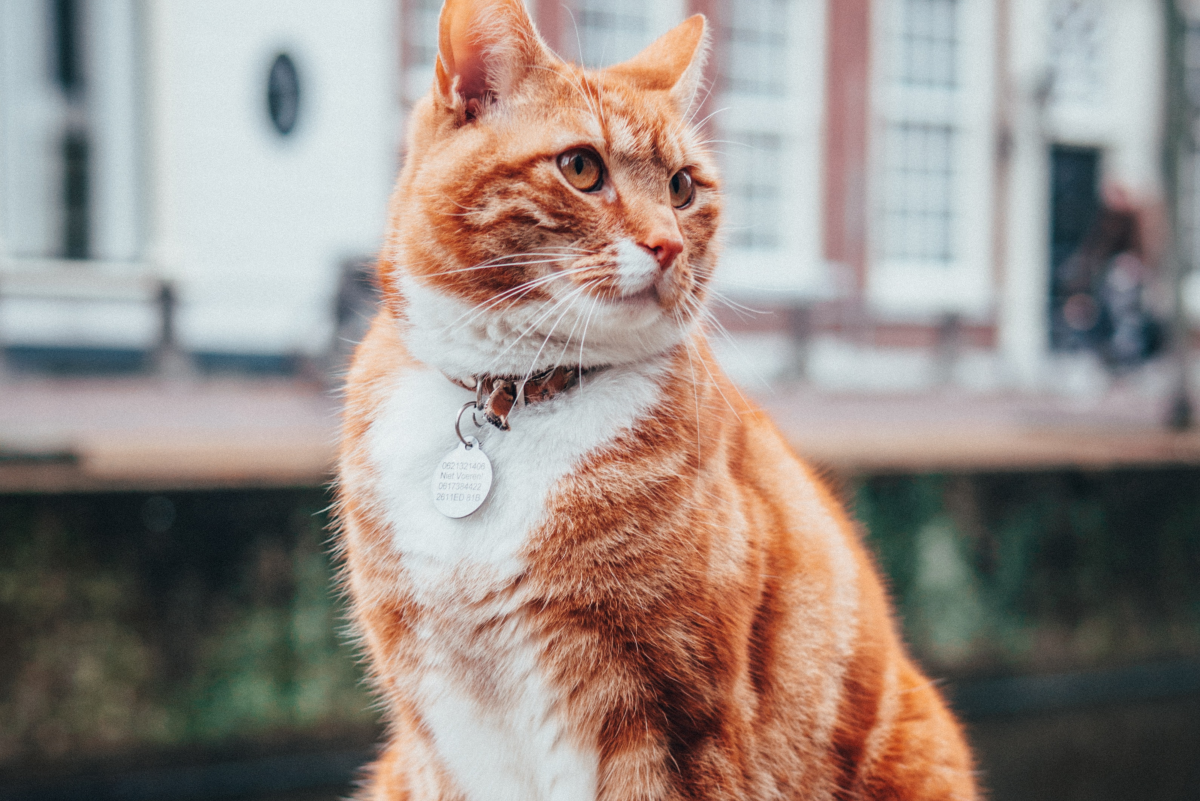A Guide on How to Take Care of Young Kittens
The Taking Care of a Newborn or Very Young Kittens
Ideally, when a person is interested and thinking about adopting a kitten, it should be at least six weeks to eight weeks old, as this is when the kitten will have been weaned from it's mother, however, kittens may actually still like to nurse as old as ten weeks of age.
All shelters and pet rescuers refuse to adopt out kittens younger than six weeks of age, due to the obvious reasons that the kitten is just to young to be adopted and taken away from it's mother. There are numerous occasions, when unfortunately it's commonplace for a person, who has a female cat, and hasn't had it spayed will find themselves with an unwanted litter, and thus bring the litter to a shelter, placing the responsibility and care of these kittens with the shelter until they are old enough to be adopted. This is an ideal scenario of what happens to an unwanted litter of kittens, but that isn't always the case. All too often thoughtless people will simply dump or dispose of the young, and innocent kittens, either by simply trashing them like garbage or even drowning them; or they just might be lucky to be taken in by someone, other than a shelter situation who has some knowledge of how to take care of very young kittens, as was the case with me many years ago.
I've had pets, mainly cats since I was five years old. It was actually my mother's idea to get a cat and she adopted one through a shelter. Having been around cats nearly all my life, I have to admit I developed a natural instinct in taking care of them throughout all the stages of their lives, but it wasn't until 1987 that I was able to add another ability of mine, and that was taking care of recent newborns. At the time, back in 1987 we now had five cats, and many of our neighbors knew we had cats, while most of the other tenants had dogs, including one family who had lived in the building almost as long as we had. Out of the blue, one day, the young son of this tenant rang our bell and he was accompanied by five of his friends, plus a "surprise". He held a cardboard box which contained a litter of six kittens. Not only were these kittens younger than six weeks of age, but recent newborns. They still had the characteristic ears flattened against their heads, a sign that they couldn't hear yet, their eyes were closed tight and all still had their umbilical cords, an indication that these kittens were only a day or two old.
The son explained he and his friends had been playing and suddenly heard the soft mewings of kittens. They made a search and were horrified that when they opened up one of the garbage bins of a nearby apartment building, they found the box of kittens in it. Knowing that I had cats, they right away thought of me, assuming I knew how to take care of such young kittens. I have to admit that, yes, in some ways, yes I did, for only a few years prior, some of my friends had found a very, very young abandoned kitten less than four weeks old in a nearby park and as you can guess, brought the kitten to my care. While this kitten was older I quickly discovered that I did indeed have to bottle feed this, thus giving me the opportunity and know how in taking care of such a young kitten. However, as the son presented me with this box of newborns, this was a challenge.
The son and his young little friends were adamantly interested in taking care of the kittens themselves and asked question after question of how to take care of them. Now if I had had the foresight I would have refused to have them have any of the kittens until they were properly weaned, but since their interest was genuine, I started giving them instructions on how and what to feed them, and even told them that they also had to also rub the bottom of the kitten to make it "go"...a function that the mother cat will do by licking a kitten's bottom for the same purpose. Each of the children then picked out a kitten each, and I took one as well. Sadly, I found out later that none of the other kittens survived, despite my careful instructions of how to take care of them, and it really wasn't their fault being that these were young children, as even adults may not even know how to properly take care of such newborn kittens.
The good news, however, was that the one newborn kitten of whom I had named Sachiko, not only survived but thrived and lived to be sixteen years old.The point of this article is to give some pointers to anyone who also may find themselves in the same situation as I've been for the success of taking care of very, very young kittens, particularly when one may not having the advantage of having the mother cat around.
First of all, this is a very time consuming proposition and one must be dedicated to this job as the very survival of the animal is at stake here. Ideally this is the kind of task to undertake if one isn't at the present time working, for such young kittens, especially newborns need round the clock care and feeding. Remember you are dealing with young animal infants who need every bit of care as one who is taking care of a newborn human baby.
First, is the food issue, and one might wonder what is the best thing to feed newborn kittens...or puppies for that fact. There is a product available called KMR Milk Replacer (for puppies, its Esbilac Milk Replacer) which comes in either powder or liquid form, and most closely resembles the nutrition needs found in the milk of a mother cat (or dog). This product can be found in just about any quality pet store, or of course, you can order on-line. Then of course, you need the means to feed the infant, young kitten (or puppy) and one can also find this at a pet store as well. This can range from small feeding bottles to even syringe type feeders, although most people find the bottles more convenient; in a pinch however, when I at first wasn't able to find any or weren't available to me right away, I made do with a baby doll's type bottle and worked just as effectively.
As with human babies, one has to heat up this formula, usually by placing the bottle with an adequate amount of the formula in the bottle and placing it in a bowl or saucer of very hot water and allowing the formula to heat up. One can then do the same "test" for the proper temperature that one does in testing the formula's heat for a human baby, and that is to do the "wrist" test, that is, sprinkling a few drops of the formula on one's wrist.
Next, and this is what I did, I would gently wrap the newborn or young kitten in a soft towel, setting the kitten on my lap and gently place the nipple into the kitten's mouth. If it is hungry, you'll sure know it as it will suckle on the bottle as if it was it's own mother's teat. The kitten will usually not drink more than it needs at anyone time and will let you know by stopping its feeding automatically. One generally has to feed a newborn or young kitten every few hours, and round the clock, so yes, one has to do feedings in the middle of the night, just as one would with a human baby. And needless to say, one must be conscientious and remember to routinely clean and sterilize the bottles just as you would with a human's baby bottle to prevent contamination.
One also has to remember, you have to do all the tasks a mother cat (or dog) does, and this includes making sure the infant animal voids. Normally the mother animal will lick the baby's bottom to make it go, but without the parent animal you have to do this, and the best way to do this, is to gently rub the infant animal's bottom with a soft paper towel or even a tissue until it urinates or defecates. And admittedly not exactly the most pleasant task to do, but it does have to be done for the proper functioning of the young animal. And don't forget to "burp" the kitten. Yes, you have to do this with infant animals as well, and one can gently rub the back or even the tummy of the infant animal.
Now the KMR Milk Replacer is naturally considered the best alternative to the mother's milk, and normally one shouldn't have a problem. I wasn't so lucky when it came to feeding Sachiko. I remember vividly racing out to get this formula only to find that it just didn't go well with her, in fact she had a continuing bout of diarrhea and at first I was at a complete loss as to what to feed her, as I had read in one veterinary type book that regular cow's milk could cause the exact same problem. However, I decided to give it a go, and I not only started feeding Sachiko regular, whole cow' milk, but for extra protein, added an egg yolk to the milk. I was fortunate that I discovered that she had a better tolerance for this "formula" of mine, rather than the KMR Milk Replacer. I add this information, just in case anyone runs into the same problem...it just might work better as it did for me in my case.
It's also important to keep a newborn or young kitten as warm as possible to avoid the possibility of the kitten coming down with a respiratory illness. What I did with Sachiko was to keep and place her inside one of my extra traveling pet cases, creating an incubator type environment by lining it with a blanket, then placed a small sized cardboard box inside it lined with a small, soft towel, and to avoid any drafts from possibly coming in, I placed the entire traveling case on top of the spare bed in my bedroom, in other words, I kept the case off the floor. If it's wintertime, however you can place such a traveling case near a heat source, like a radiator, just as long as you make sure there are no drafts.
I also even placed a clock inside the case. Yes, a clock. The idea behind this is that even though such a young kitten can neither see or hear yet, it can still feel and sense things. Young kittens when raised by their natural mothers are used to feeling the beating of their mother's heart. Thus, in lieu of this, a clock is a good substitute for the beating of a heart. Once the kitten is about three weeks old, one can start adding to the formula a little bit of strained meat human baby food and blending well to get the kitten used to eating/nursing on something more solid, then by four weeks of age, one can try to also give the baby food at full strength, however, don't neglect the bottle feedings either, one must still continue to do this until the kitten is at least six weeks old, and even older, for technically speaking, nursing kittens when they have their own mothers to nurse on will continue sometimes even months after they are of the weaned age.By six weeks of age, a young kitten can start eating moistened kitten type dry food and even start eating regular cat food, for by then the kitten is now considered properly weaned.
Is all this a lot of work? Does one have to have dedication? Is it time consuming? The answer is yes to all three questions,, but the effort will be well worth it for successfully taking care of such a young little life. While I never had the opportunity ever again to take care of such a young newborn kitten again, I found it a wonderful experience I'll never forget. As previously mentioned, Sachiko grew up strong and healthy and had in every way attached herself to me as her mother and lived for sixteen years.
Kitten Care
- How to Bottle-Feed a Newborn Kitten
Follow these instructions for bottle-feeding a newborn kitten, including precautions to take, helpful tips, and follow-through ideas.
Milk Replacer
- Cat milk: Milk Replacer: KMR Milk Replacer for Kittens
Shop KMR Milk, the high-protein, high-fat kitten milk replacer
Sachiko at 17 Days Old
